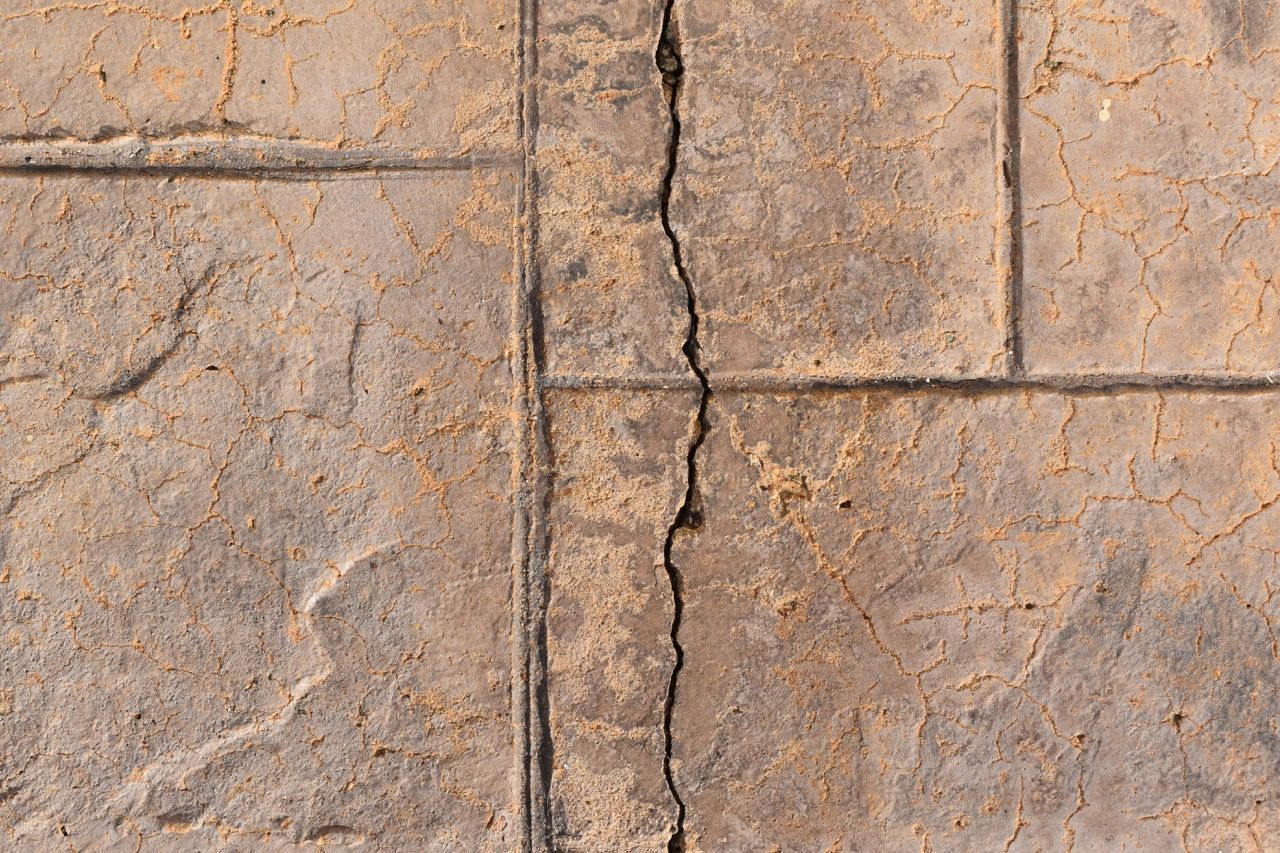Although concrete foundations are designed to be strong and long-lasting, over time many causes might cause fractures to form. Natural settling, environmental circumstances, or structural problems could all cause these fractures. Determining whether a foundation fracture is merely cosmetic or a major hazard depends on an awareness of the several forms of them. The most often occurring forms of concrete foundation cracks, their causes, and their remedies will be discussed in this page. See concrete-sarasotafl.com for professional direction and answers.
1. Concurrent cracks in concrete
Commonly found in newly poured concrete, hairline cracks are tiny, surface fissures. Usually, shrinkage during the drying process as the moisture evaporates causes these fissures. Although they could seem concerning, little splits in hair usually pose no structural issue. If holes begin widening over time, though, they may point to more serious foundation problems. Using a premium concrete sealant to close these gaps can help stop moisture ingress and additional damage.
2. Vertical Cracks: Their Origins
One of the most often occurring kind of foundation fractures are vertical ones. Usually running either at a small inclination or straight up and down, they Usually resulting from typical house settling within the first few years following construction, these fissures are brought about by Although vertical cracks are normally not a big issue, they should be watched to make sure they do not widen. Should water start to infiltrate across these fractures, epoxy injections or waterproofing treatments could be required to stop more damage.

3. Horizontal cracks pointing structural problems
Since they can point to structural issues, horizontal cracks unlike vertical cracks cause more serious worry. Often caused by insufficient drainage, hydrostatic pressure, or too much lateral pressure from the surrounding soil, these cracks Foundational integrity may be compromised by horizontal fissures, therefore causing possible failure. If you find horizontal cracks, you should see a specialist to evaluate their degree and advise suitable remedies, like wall anchors or carbon fiber strips strengthening the foundation.
4. Significance of Diagonal Cracks
Usually running at a 30 to 75 degree angle, diagonal cracks often widen at one end. Differential settling that is, one side of the foundation settles more than the other can produce these fissures. Variations in soil composition, inadequate drainage, or incorrect building technique can all cause this. Polyurethane or epoxy injections can fix minor diagonal cracks; larger cracks may call for more involved foundation stabilizing methods.
Knowing the several kinds of concrete foundation cracks can enable house owners decide when repairs are required and stop more harm. By means of regular foundation examination and maintenance, the lifetime of the construction can be extended and expensive repairs avoided. See a professional if you see any alarming cracks in your foundation. See concrete-sarasotafl.com for knowledgeable foundation repair services.

